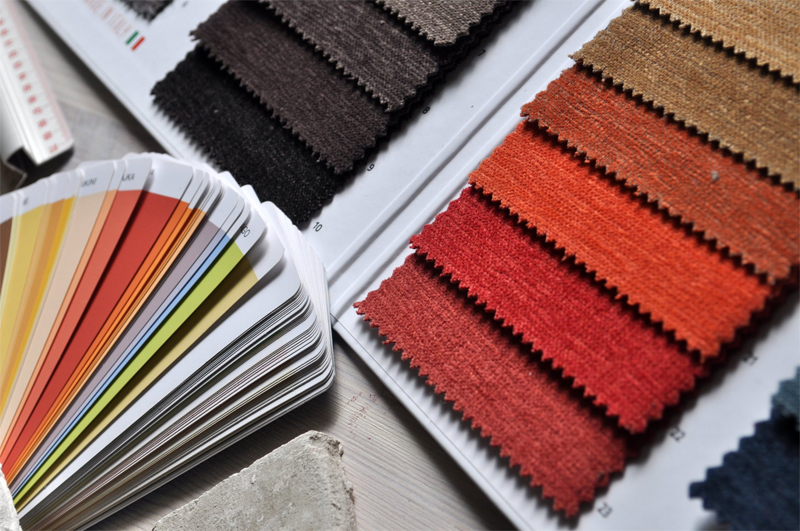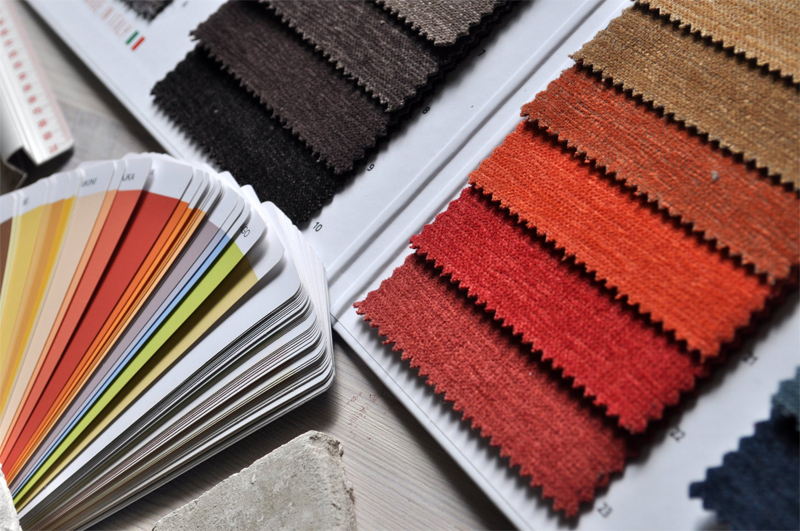Fabric Jams - and how to stop them

One of the biggest problems I come across in my teaching experiences is the problem of sewing machines chewing up the fabric when sewing is commenced.
This can drive you nuts, not to say it can destroy your patchwork piece and cause you to waste time and precious fabric to recut another. Let’s face it - no one likes waste.
Why does the machine do this? Often the machine will eat your fabric because there’s not enough fabric to be grabbed by the feed dogs and moved smoothly across the throat plate. This is especially so when sewing at the point of a triangle.
There are a number of solutions that will help you avoid the ugly clump of fabric and thread when your machine eats your fabric.
Here are a few solutions that you might like to try:
Hold onto threads
Firstly, if you hold the two threads (the thread from the top and the thread from the bobbin) in your left hand, as you commence to sew this sometimes helps to stop the fabric from being chewed up. Sometimes it’s difficult to do this because you need a hand free to drop the presser foot and also hold onto the fabric you’re about to sew.
Change your Throat plate
Most sewing machines come with two types of throat plates. One is the most common one that is used and has a wide needle slit that is suitable for doing zig zag and fancy stitches. The other is a straight stitch throat plate with a small hole only big enough for the needle and is designed only for straight stitching. When only stitching straight stitch is is a good idea to use this throat plate on the machine. There is far less chance of fabric being pushed into the throat plate, as the hole is very small.
Use a thicker machine needle
Another way to avoid eaten fabric is to place a thicker needle on the sewing machine. A thicker needle is less likely to push fabric under the throat plate.
Use “run on and run offs”
Have you ever noticed that when you are string piecing or seaming one piece after another through the machine, without snipping threads, that the pieces travel under the foot without getting chewed up? That’s because the thread is embedded in a piece of fabric and allows the fabric to run smoothly over the feed dogs and throat plate.
Here is an old tailor’s trick and the one I always use when sewing. Before commencing to sew your block, place a small piece of scrap fabric, (approximately 3” long and 3” wide, folded in half longwise) and sew down the length, stopping at the end.
Place your block up against the needle and the “run on” fabric scrap and commence sewing. Because the fabric is embedded in the “run on” scrap, the block fabric will not be sucked down under the throat plate.
When you’ve finished sewing the block, simply place a “run off” strip of scrap fabric at the end of the block and stitch down it to the end.
Cut the block from the machine, leaving the “run off” fabric under the needle, which in turn becomes a “run on” fabric the next time you sew.
After a while, when you’ve stitched the run on or run off many times, it will become thick and unruly – simply start another using scraps from your bin.

Related Articles
Editor's Picks Articles
Top Ten Articles
Previous Features
Site Map
Content copyright © 2023 by Judie Bellingham. All rights reserved.
This content was written by Judie Bellingham. If you wish to use this content in any manner, you need written permission. Contact Judie Bellingham for details.



